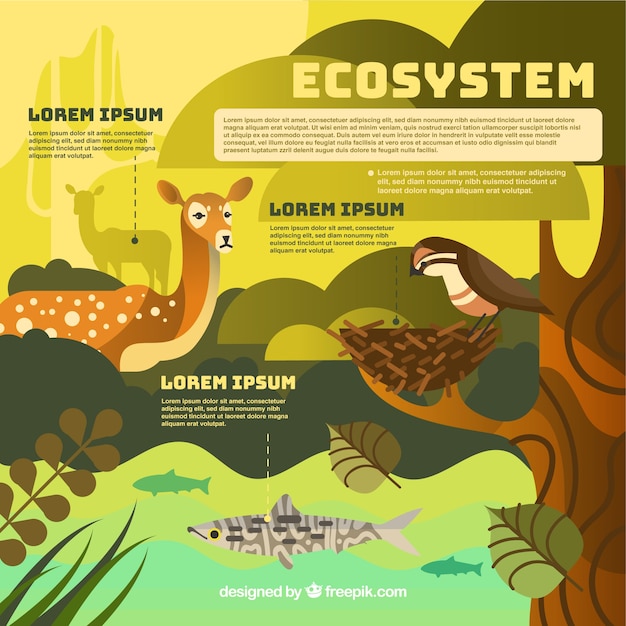Savanna Facts – Exploring the Wonders of the World’s Grasslands

The savanna is home to some of the most unique and diverse ecosystems on Earth.
Savannas are characterized by grasslands dotted with scattered trees and shrubs.
The African savanna is known for its iconic large herbivores, such as elephants and giraffes.
Savannas are often called the cradle of life due to their rich biodiversity.
The grasses in the savanna are highly adapted to withstand fire and drought.
Savannas play a crucial role in regulating the global climate by acting as carbon sinks.
Many predator-prey interactions take place in the savanna, making it a thrilling ecosystem to study.
The wide-open spaces of the savanna offer beautiful panoramic views of the African landscape.
Savannas support a wide range of bird species, making it a paradise for birdwatching enthusiasts.
The savanna is an important habitat for numerous endangered species, including rhinos and lions.
The Maasai people of East Africa have a rich cultural heritage deeply rooted in the savanna.
The savanna experiences distinct dry and wet seasons, each with its own unique characteristics.
The movement of large herbivores across the savanna helps maintain the ecosystem’s balance.
The savanna’s grasses are often highly nutritious and serve as a primary food source for many animals.
The biodiversity of the savanna makes it a prime location for scientific research and discovery.
The savanna is a natural haven for photographers, with stunning scenery and captivating wildlife.
Savanna Facts – Exploring the Wonders of the World’s Grasslands part 2
The African elephant, the largest land mammal, can be found roaming the savannas.
The savanna’s tall grasses provide perfect cover for predators like cheetahs and leopards.
The savanna’s ecosystem is interconnected, with each species playing a vital role in its functioning.
The savanna’s unique blend of grasslands and woodlands creates a visually striking landscape.
The savanna is home to various reptiles, including crocodiles and snakes.
The savanna’s vast expanse offers plenty of room for animals to roam and forage for food.
Human activities like agriculture and urbanization pose a threat to the fragile savanna ecosystem.
The sound of birds chirping and animals grazing is a common symphony in the savanna.
The savanna’s flora and fauna have adapted to flourish in an environment with regular fire outbreaks.
Some tree species found in the savanna, such as acacias, have evolved long thorns to protect against browsing animals.
The savanna is an open invitation to adventure, with opportunities for safaris and exploration.
The savanna’s grasses have a complex root system that helps them survive prolonged dry spells.
Many African tribes rely on the savanna for sustenance, using its resources for food and shelter.
The savanna is a living laboratory where scientists can study the intricate dynamics of predator-prey relationships.
The savanna’s colors change with the seasons, ranging from lush green to golden yellow.
The savanna’s vast plains make it an ideal hunting ground for apex predators like lions and hyenas.
The savanna is a paradise for herbivores, providing them with abundant food and water sources.
The savanna’s rivers and watering holes are hotspots for wildlife activity, especially during the dry season.
Savannas support a variety of flowering plants, adding bursts of color to the landscape.
The savanna’s large herds of grazers have shaped the ecosystem through their feeding habits.
Many insects, such as termites and ants, play essential roles in nutrient cycling in the savanna.
The savanna’s subtropical climate offers warm temperatures year-round, attracting visitors from all over the world.
The savanna’s trees act as shade providers, offering respite from the scorching African sun.
The savanna’s ecosystem is incredibly resilient, bouncing back from wildfires and droughts.
The savanna’s nighttime skies are a treat for stargazers, with minimal light pollution and clear views.
The savanna is a treasure trove of traditional knowledge, with indigenous communities having deep understanding of its resources.
The savanna’s grasslands are a perfect breeding ground for many insect species, supporting the food chain.
The savanna’s immense beauty has inspired countless artists, writers, and filmmakers over the years.
The survival skills of animals in the savanna, such as camouflage and migration, are truly remarkable.